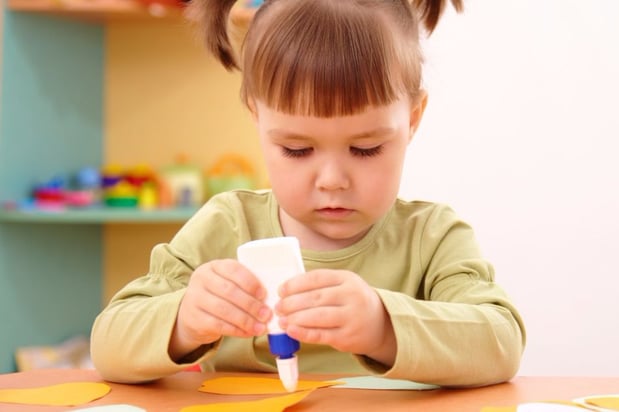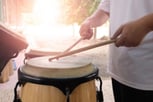As harmless as a bottle of nail polish or a felt tip marker may seem, these household products actually belong to a list of the most abused substances among youth. They are easy-to-obtain alternatives that, when inhaled for recreational purposes, can pose even deadlier threats than street drugs.
The statistics on illegal use of inhalants are staggering, according to the 2010 National Survey on Drug Use and Health (NSDUH). Reportedly, 793,000 persons aged 12 or older disclosed having used inhalants for the first time within the past 12 months; 68.4 percent of which were under the age of 18.
According to the National Institute of Drug Abuse (NIDA), an annual survey of eighth-graders, sophomores and seniors also reveal that “the highest rates of current, past-year, and lifetime inhalant use [are] among eighth-graders.”
What are Inhalants?
Generally, experts define inhalants as breathable chemical vapors or gases that produce psychoactive or mind-altering effects when abused or misused. Inhalants are ordinary household products that are inhaled or sniffed —primarily by children and young adults — to get high.
Many may be surprised by just how many inhalants are purchased and accumulated in unprotected areas of the home. There are literally hundreds of household products on the market today that can be misused as inhalants. Here are just a few examples:
- cleaning fluids
- gasoline
- paint thinners and removers
- glues
- felt-tip markers
- room deodorizers
- correction fluid
- aerosols (such as spray paints, hair spray, deodorant sprays, cooking oil sprays, etc.)
Not only can inhalants be sniffed directly from the product container, they can also be abused by snorting, inhalation from a plastic bag or “huffed,” a term used to describe placing an inhalant-soaked rag or toilet paper rolls to the mouth in order to achieve a high.
Addiction to inhalants is unbelievably frightening for a variety of reasons. For one, they are easily accessible as they surround us every day within our own home, friends’ homes, school, work, etc. Items such as nail polish are also inconspicuous enough to hide in plain sight, or fit in a pocket or purse. At the same time, laws on purchasing inhalants vary widely state to state and so they can easily end up in the hands of teenagers. As of the moment, most inhalants can be purchased by anyone legally and inexpensively.
The Effects of Inhalants
Once inhaled, the vapors are absorbed by the body, especially the brain and nervous system. Within seconds of inhalation, the user experiences intoxication, a slowdown in functioning, along with the following effects which are comparable to alcohol:
- loss of coordination
- incoherent speech
- rapid heart rate
- delusions
- blackouts
- nausea and vomiting
- bizarre and disturbing dreams and sleep
Some experts say that these chemicals can take up to two weeks to completely pass through the body.
The Consequences
With long-term use and in extreme cases, the damage from inhalant abuse can be long-lasting. Some of these effects are:
- Brain damage: Inhalants are toxic chemicals that directly affect memory, learning, coordination, thinking, moving, vision and hearing.
- Muscle weakness: As the brain is affected, so are the muscles and reflexes.
- Depression: Like many illegal street drugs, inhalants affect the person’s mood and demeanor, usually in a negative manner.
- Loss of smell, headaches and nosebleeds: These long-term consequences result from constant sniffing of the substance.
Unfortunately, there are numerous instances where young adults have died from abusing inhalants. The most common cause of death is referred to as “Sudden Sniffing Death.” This tragedy occurs when the body reacts to the substance with a rapid and irregular heart beat that is followed by cardiac arrest. This ghastly result can occur even the first time the inhalant is used.
Get Help
Although 38 out of 50 states have enacted laws making various inhalants illegal to sell to anyone under the age of 18 and the fact that almost every state imposes fines and jail times for violation of their specific laws, inhalant addiction remains a constant threat to the health of our youth.
As with any drug addiction, those addicted to inhalants go through a painful road that requires professional intervention and support. Because this drug of choice is universally available in everyday life, the family of the adolescent habitually misusing these chemicals needs to get involved.
If you, your child or a friend are using inhalants to get high, there is hope — but you must get help now.








